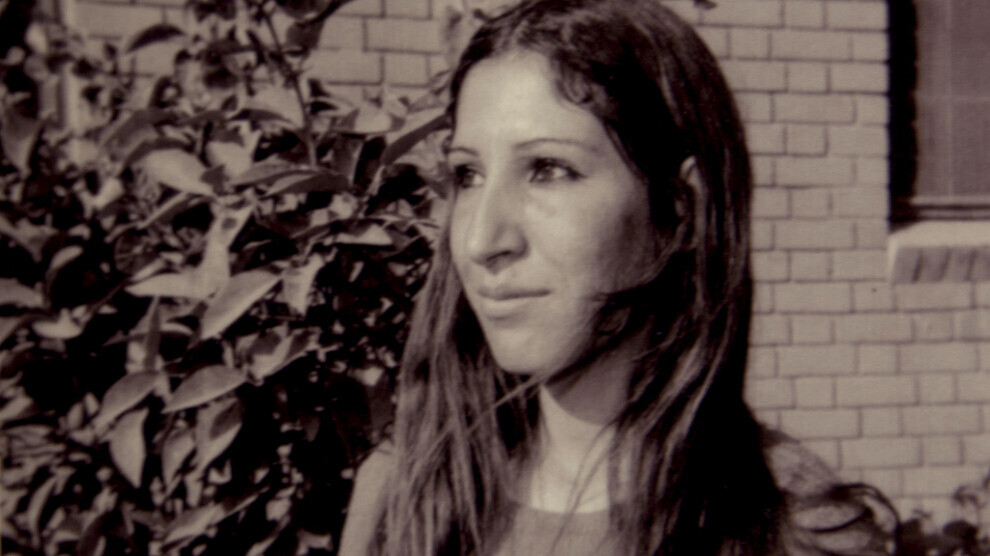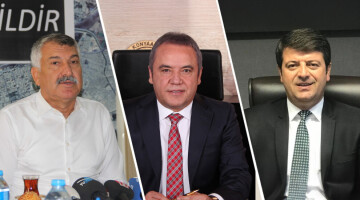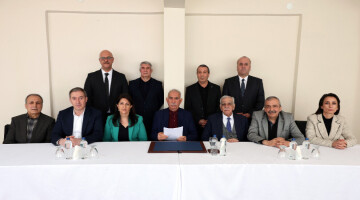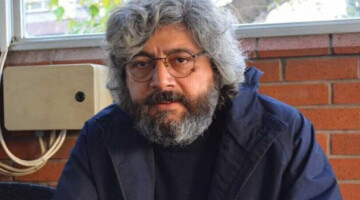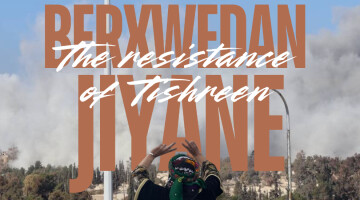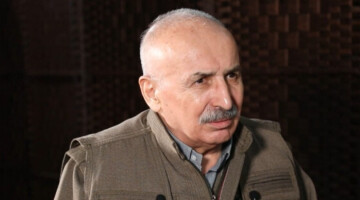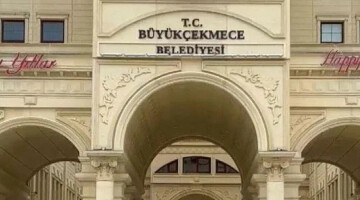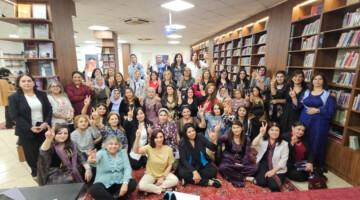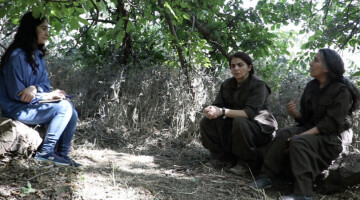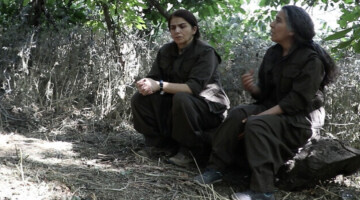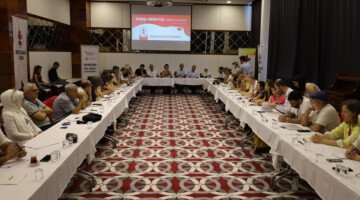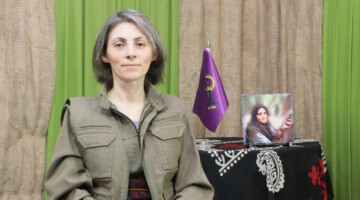“You can kill me, but you must also know that after my death, thousands of Kurds will wake up from their deep sleep. I am happy to die proudly for an independent Kurdistan!” These were the words of Leyla Qasim to the judge who pronounced her death sentence. 50 years ago, the thorn in the side of the Baath Party - as Qasim is known in Kurdistan - was hanged with a rope in Baghdad under the rule of Saddam Hussein. She was the first woman to be executed in Iraq.
Leyla Qasim was born in 1952 in Xaneqîn, where she also grew up. She came into contact with the ideas of the Kurdish people's liberation struggle at a young age. Qasim experienced the overthrow of then President Abdul Rahman Arif by the Baath Party as a 16-year-old girl. She was disturbed by the violent takeover of power in the capital and, together with her brother Çiyako, wrote pamphlets about the reign of terror of the Baathists, who she relatively quickly identified as opponents of Kurdish independence.
In 1971, after successfully completing high school in Xaneqîn, Leyla Qasim went to Baghdad to study. There she enrolled in the State University of Sociology and soon joined the Union of Kurdish Students and the Kurdistan Democratic Party. She went to the population, presented their ideological and political ideals, warned against the grip of pan-Arabism that was steering the Kurds towards intended extinction, and organized society. At the same time, she also wanted to draw international attention to Saddam Hussein's terror regime and the Kurdish people's resistance to it.
On 24 April 1974, Leyla Qasim and her four friends, Jawad Hamawandi, Nariman Fuad Masti, Hassan Hama Rashid and Azad Sleman Miran, attempted to hijack a plane at Baghdad airport. Through the campaign, the group wanted to bring the Kurdish struggle into the global spotlight. The attempt failed and ended in a dramatic arrest. Saddam Hussein's regime staged a show trial of Leyla Qasim and her friends, broadcast the legal farce nationally on television and radio, and ultimately sentenced her to death for allegedly attempting to murder the dictator. While in custody in Abu Ghraib Prison, which was already notorious for its torture practices at the time, the five were hanged in Baghdad in the early hours of 12 May 1974.
Leyla Qasim's body was handed over to her parents the day after her execution. Her eyes had been gouged out. The family was denied a dignified burial and so the parents had to accept their daughter be buried away from home in the southern Iraqi city of Najaf. But Leyla Qasim's death mobilized an entire generation of women in Kurdistan to join the resistance against oppression, even if they did not fight with weapons in their hands. In Rojava, her face can be seen on the wall in almost every building of the YPJ (Women's Defense Units).

